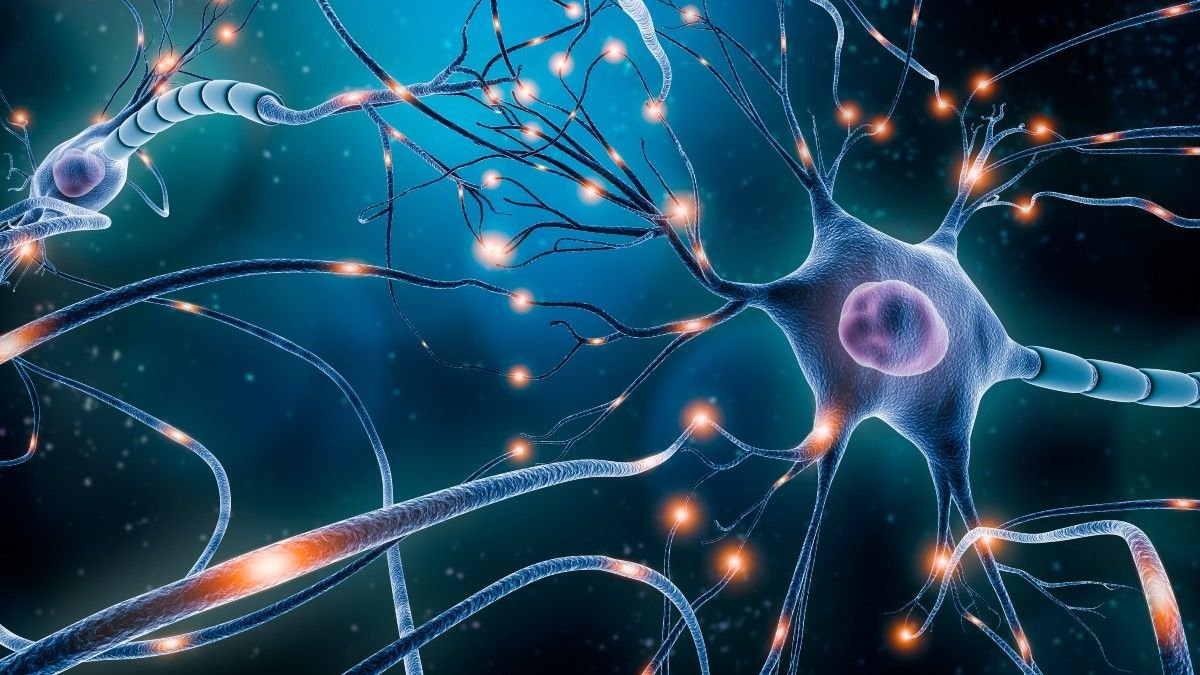The Internal Nervous System of the Heart: Your Heart Has a Mind of its Own
Have you ever experienced heartache? That aching pain that you feel from deep within which causes all of your muscles to slowly tense and your breathing to become brisk and short. It makes you feel somewhat irregular and incomplete. Almost as if a piece of your identity and makings had been stolen from you. Often this pain is experienced when a loved one leaves your life for some reason. The terms “heartache” or “heartbreak” are only perceived as expressions that we use to name this feeling that many have experienced. However, there is truth behind these words as your heart truly does experience feelings of pain and longing.
Scientists have come to understand that your heart has a “mini brain”. Concentrated within the brain is a network of about 40,000 neurons that we refer to as a ganglia. We call this ganglia the Intracardiac Nervous System (ICN) which plays a role in controlling the function of the heart and in modulating the heart to brain connection. The ICN originates in the fifth week of human development and both a parasympathetic and sympathetic nervous system form. The parasympathetic nervous system is basically the neurons that regulate your resting and digestive mode. So when you're curled up on the couch with a cup of tea binge watching your favourite series. In contrast, the sympathetic nervous system consists of the neurons that control your fight or flight mode. So the feeling you experience when you’re home alone at night and you see a tall, slender shadow whisk by your window.
(Horton., 2022)
This means that the heart is a complex and confusing organ. Not only does it pump all of the blood throughout your body to the very ends of your fingertips and toes but it also regulates feelings of emotions and pain. The heart communicates with the brain electrically through the vagus nerve. Your heart will send signals to the brain which are perceived in the areas which control emotion, cognition, and perception. This communication is significant because researchers have found that the heart sends more signals to the brain than the brain sends to the heart which indicates that the heart plays a key role in creating emotions.
The connections between the brain and the heart via the Vagus nerve. (Cleveland Clinic., 2022)
Some evidence for this realization is the influence that heart rate variability and rhythm have on one’s emotions and physiological state. Researchers have found that positive emotions such as joy and gratitude are associated with a more consistent and coherent heart rhythm. You can visualize this as the calm and repeatable waves you see in the ocean on a hot sunny day. Negative emotions such as anxiety and stress have been associated with a more variable and sporadic heart rhythm. Now, this can be better described by the random flow of waves you see on a windy and stormy day. This correlation provides a strong indication that your heart has influence over your emotions and feelings.
A normal electrocardiogram of the heart beat.
Recently, the researchers Achanta, et al., (2020) have created a 3D map of the Intracardiac Nervous System for a rat heart. This research is really neat as it allows us to observe the distribution of the ICN and the spatial arrangement of individual neurons. This allows for further research to be done on the understanding of the gene expression of these neurons and how that relates to their arrangement and function in the heart.
Posterior view of the 3D modelled male rat heart. The different colours represent the distribution of the Intracardiac Nervous System. (Achanta, et al., 2020).
The relationship between the brain and the heart needs to be further researched as this will allow us to better understand the origin of our emotions. Something that is important as we put emphasis on mental health in today's society. Additionally, researchers should investigate how the ICN is affected in individuals with cardiovascular disorders and whether or not that has an influence on their emotions and mental state.
References:
Achanta, S., Gorky, J., Leung, C., Moss, A., Robbins, S., Eisenman, L., Chen, J., Tappan, S., Heal, M., Farahani, N., Huffman, T., England, S., Cheng, Z. (Jack), Vadigepalli, R., & Schwaber, J. S. (2020). A comprehensive integrated anatomical and molecular atlas of rat intrinsic cardiac nervous system. IScience, 23(6), 101140. https://doi.org/10.1016/j.isci.2020.101140
Alshami, A. M. (2019). Pain: Is it all in the brain or the heart? Current Pain and Headache Reports, 23(12), 88. https://doi.org/10.1007/s11916-019-0827-4
Cleveland Clinic. (2022). Vagal maneuvers: How to slow your heart rate. Clevelandclinic.Org. https://my.clevelandclinic.org/health/treatments/22227-vagal-maneuvers
Fedele, L., & Brand, T. (2020). The intrinsic cardiac nervous system and its role in cardiac pacemaking and conduction. Journal of Cardiovascular Development and Disease, 7(4), 54. https://doi.org/10.3390/jcdd7040054
Horton, J. (2022). Nervous system: Facts, function & diseases. Livescience.Com. https://www.livescience.com/22665-nervous-system.html




